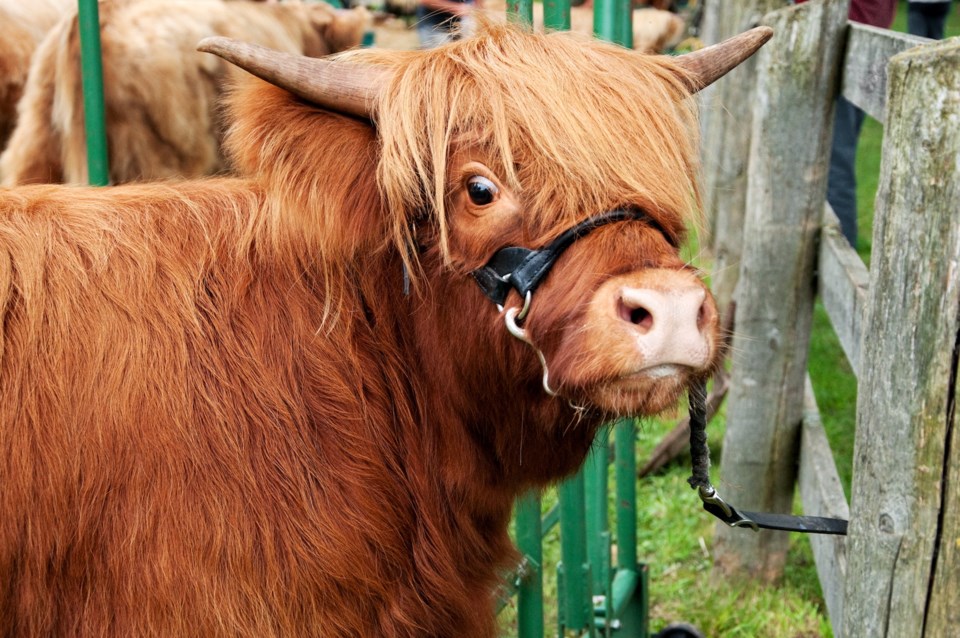From the archives of the Sault Ste. Marie Public Library:
It has proven to be a bumper year for tent caterpillars. Outbreaks of the insect typically occur every decade or so — which means plenty of caterpillars in the Sault’s history, and plenty of anecdotes from the newspapers!
In the late 1930s, for example, reports came in of millions of caterpillars swarming northern Ontario. While Sault Ste. Marie was not hit as hard as other places, reports came in from all sides about the havoc caused by the insects.
Around Thunder Bay and North Bay, for example, caterpillars swarmed the train tracks. This was particularly a problem at night, when the temperature dropped and the caterpillars were seeking the heat of the metal rails. The caterpillars formed drifts of up to six inches deep. Trains could not get a grip on the rails as they drove through the swarms; the crushed insects made for slippery tracks. There were frequent delays and cases of trains getting stuck or needing to turn back. Eventually, railway officials equipped an engine with a steam-jet blower that would blast the greasy, messy caterpillar remains off of the tracks.
In addition to transportation woes, caterpillars also caused problems with fishing in northern Ontario. According to a Globe and Mail article, the fish found it easy to gorge on caterpillars — “all the fish do is open their mouths, and in swim the caterpillars,” reported the Globe and Mail. This prevalence of food left the fish uninterested in bait.
Even cattle were impacted, with the Globe and Mail reporting that the cows were “troubled” by the presence of so many caterpillars and the destruction of foliage, and their stress level reduced the milk supply. In 1951, the tent caterpillars had a deadly result near Sault Ste. Marie. One effect of the tent caterpillar’s munching was that cherry leaves had higher levels of prussic acid when they grew back — so high, apparently, that 16 prize beef cattle died after ingesting the leaves.
In Sault Ste. Marie, the 1960s saw another surge in the tent caterpillar population. Recalling the outbreak in a Sault Star interview decades later, one resident described thousands of caterpillars; their numbers made it a challenge to walk on sidewalks without slipping.
In the late 1980s, the Great Lakes Forestry Centre fielded hundreds of calls in a matter of days when the caterpillars were at their peak. The city, too, received complaints of caterpillars falling from trees and landing on people in the Queenstown area… and worried about how to deal with the caterpillars when they hadn’t budgeted for the expense.
The papers also provided advice for how to deal with caterpillars, from pesticides to homemade remedies. During the outbreak in the late 80s, the Sault Star advised people to enlist children to spray down their houses with water to get rid of the insects. After all, “[kids] love caterpillars.”
Each week, the Sault Ste. Marie Public Library and its Archives provides SooToday readers with a glimpse of the city’s past.
Find out more of what the Public Library has to offer at www.ssmpl.ca and look for more Remember This? columns here
